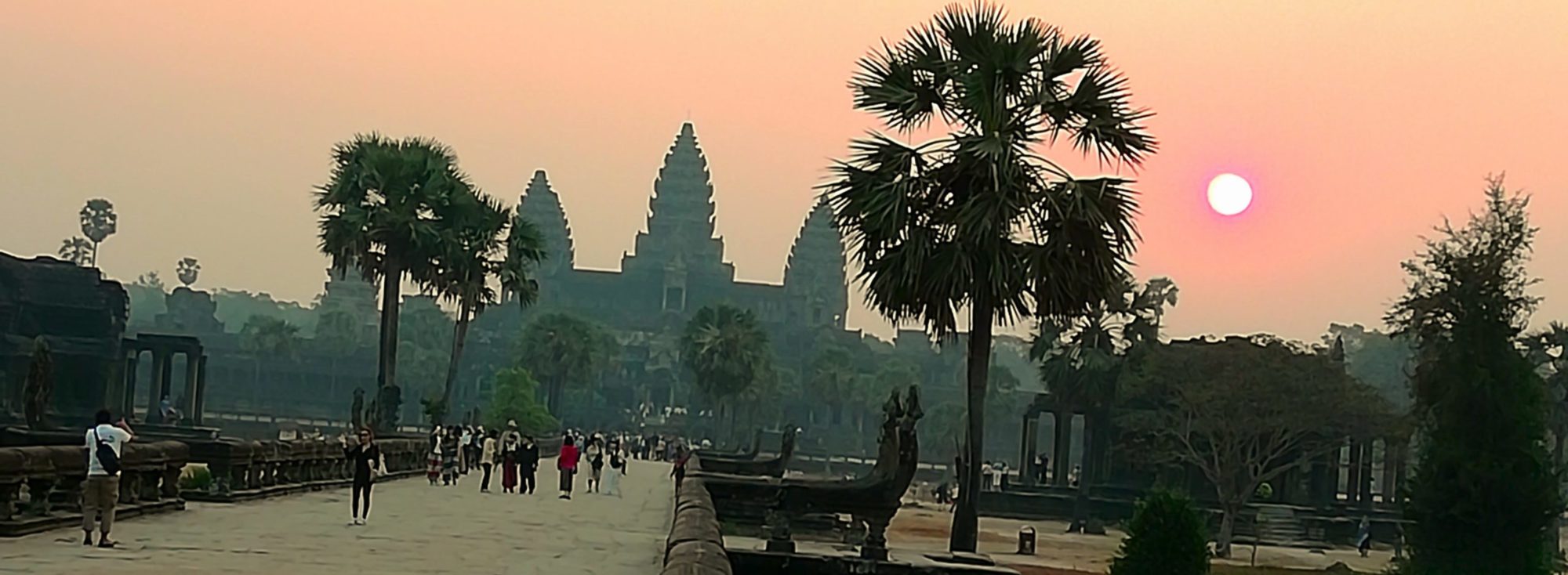
今年6月、韓国の慶州市で新羅王たちの王冠(天馬塚古墳)を初めて見学した。
そこでいちばん驚いたのは、新羅王の王冠の飾りに「まがたま」がふんだんに使用されていたのを発見したこと。私は無知なので、勝手に「まがたま」は日本(倭)だけのものだと思い込んでいたのです。
どちらが「まがたま」の発祥の地であるかのどうかとか、その形状の意味については諸説あるようです。
しかし明らかに、半島と列島の間には、文化も人も濃密な交流があったと分かります。きっと血のつながり、心の絆もあったに違いありません。
全土が朝鮮動乱であれほど痛めつけられたのに、よくぞ残りました。
そして、現代の国境を越えた視点で古代史と人間を理解する必要性を改めて痛感したのです。
やはり、心狭いナショナリズムで視野を曇らせてはならないと強く思います。
例えば、仏教は6世紀に百済の聖明王から日本の欽明天皇に仏像や経巻が伝わったという公伝記録があります。韓国・朝鮮半島は「文化大恩の国」だとの指摘は、公平で妥当な歴史認識ですね。
What struck me most when I visited the crown of the Silla kings (Cheongmazuka Tomb) in Gyeongju, South Korea, was the importance of understanding ancient history and humanity from a perspective that transcends national borders.
Looking closely, you could see that the crowns were lavishly decorated with Magatama jewels.
It is clear that there was a close exchange of culture and people between the peninsula and the archipelago. There must have been emotional ties as well.
Even though the entire country was devastated during the Korean War, it is amazing that the ruins have survived to this day.
I strongly believe that we must not let narrow-minded nationalism cloud our perspective.
For example, there is a record of the official introduction of Buddhism in the 6th century, when Buddhist statues and sutras were transmitted from King Seongmyeong of Baekje to Emperor Kinmei of Japan.
The pointing out that Korea and the Korean Peninsula are “a country that has owed us great cultural gratitude” is a fair and reasonable understanding of histor.

